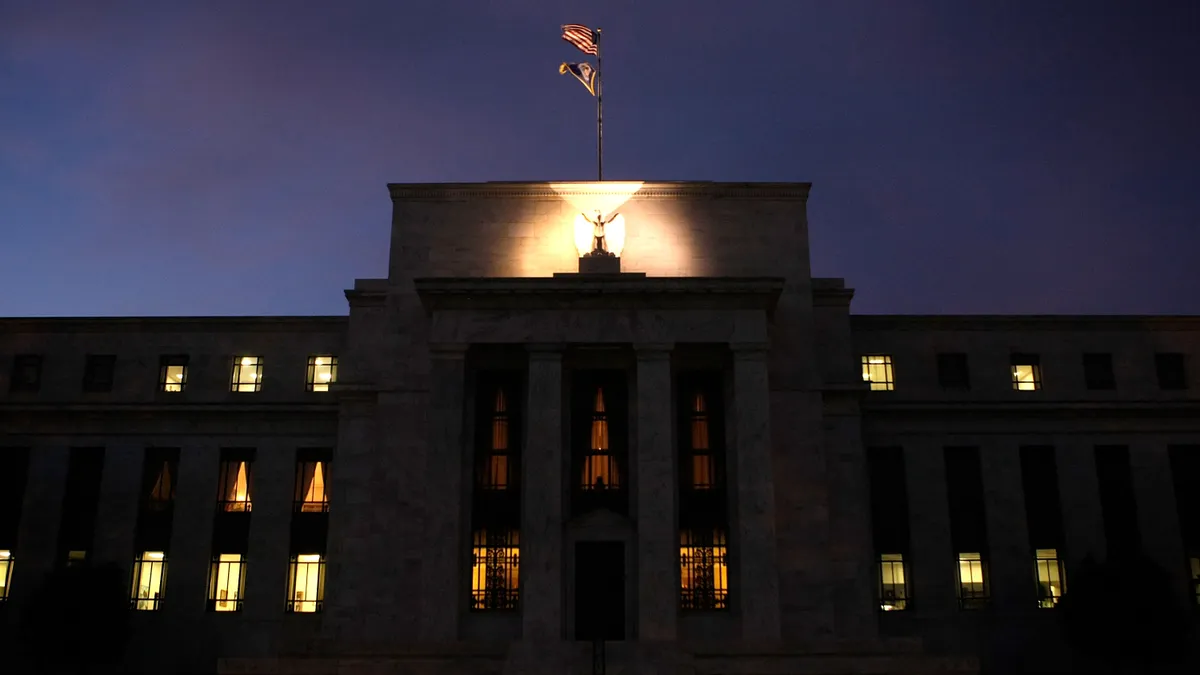Dive Brief:
- Job openings unexpectedly rose in December to a three-month high, the Labor Department said Tuesday, while consumer confidence this month hit the highest level since December 2021, according to the Conference Board.
- The reports reinforced forecasts that Federal Reserve officials — while discussing policy during a meeting that ends Wednesday — will find from several signs of economic strength little reason to cut borrowing costs before May.
- “Consumer expectations for the next six months increased slightly in January due to receding pessimism around future business conditions, labor market and income prospects,” Conference Board Chief Economist Dana Peterson said in a statement. Inflation expectations for 12 months in the future fell to the lowest level since March 2020.
Dive Insight:
Fed policymakers have said that they will not consider cutting the federal funds rate from a 22-year high until they see a sustained decline in inflation toward their 2% goal. The central bank is widely expected on Wednesday to hold the main rate at its current level between 5.25% and 5.5%.
Following the release of economic data Tuesday, traders in interest rate futures trimmed the odds of a quarter-point cut to the benchmark interest rate at the Fed’s March 19-20 meeting to 41% from 46% on Monday.
Last month, before other fresh signs of healthy economic growth, traders set a 73% probability of a quarter-point cut in March.
Traders stopped betting on an early rate reduction as the labor market, although cooling in recent months, remained stronger than expected. The ratio of job vacancies to unemployed people held steady at 1.4 last month, the Labor Department said Tuesday.
The quits rate, or the number of workers who left their jobs as a percent of total employment, also was unchanged in December at 2.2, an encouraging sign for Fed policymakers fighting inflation.
The quits rate is “probably the best leading indicator of the ECI [Employment Cost Index], the Fed’s preferred measure of wage growth,” Oliver Allen, senior U.S. Economist at Pantheon Macroeconomics, said in a note to clients.
“That points to wage growth on the ECI measure falling from a 4.5% year-over-year pace in Q3 to around 3.5% by the middle of this year, a level consistent with the Fed’s inflation target,” Allen said.
The U.S. economy defied predictions of recession last year, blowing away all but the highest growth forecasts during the second half. Gross domestic product rose at an annual rate of 4.9% during the third quarter and 3.3% during Q4.
The IMF on Tuesday upgraded its October estimate for U.S. gross domestic product growth this year by 0.6 percentage point to 2.1%, a change that “largely reflects statistical carryover effects from the stronger-than-expected growth outcome for 2023.”















